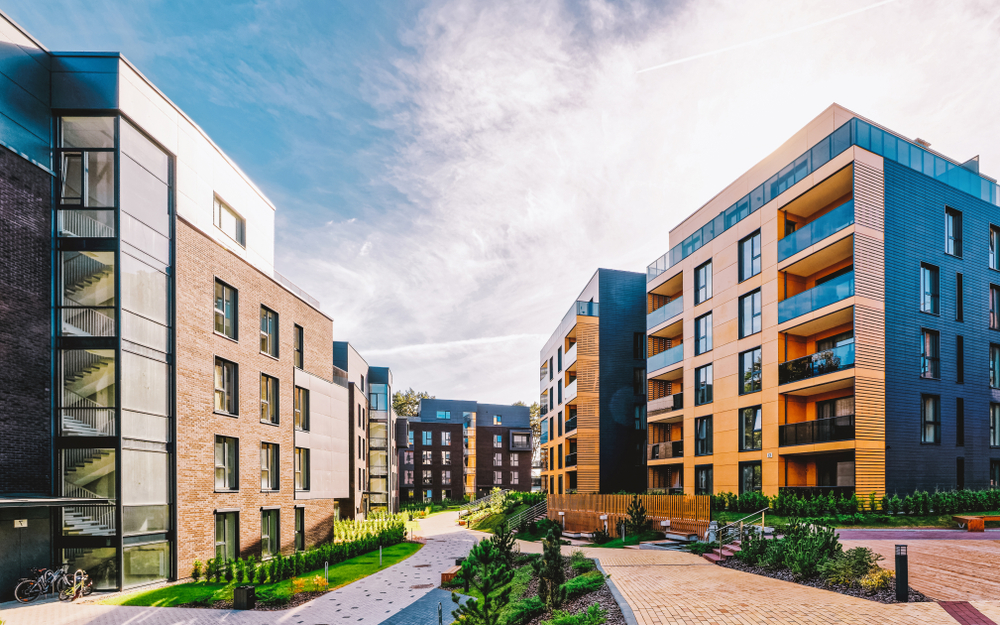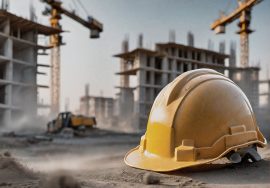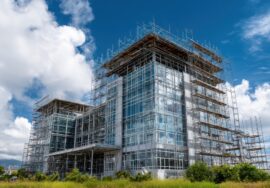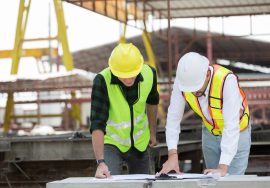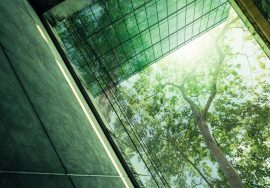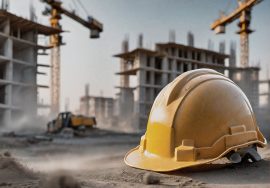Eco-Friendly Construction: A Sustainable Approach to Building
Eco-Friendly Construction: A Sustainable Approach to Building
Introduction
Eco-friendly construction is revolutionizing the building industry by integrating sustainable practices, reducing environmental impact, and enhancing energy efficiency. This approach not only benefits the environment but also provides long-term economic and social advantages.
Key Features of Eco-Friendly Construction
1. Sustainable Building Materials
- Bamboo, recycled steel, and reclaimed wood to reduce resource depletion.
- Low-VOC paints and adhesives for improved indoor air quality.
- Eco-friendly insulation materials like sheep’s wool and cellulose.
2. Energy Efficiency
- Solar panels and wind energy systems for renewable energy use.
- Smart lighting and energy-efficient HVAC systems.
- Passive design techniques to optimize natural light and ventilation.
3. Water Conservation
- Rainwater harvesting for sustainable water management.
- Greywater recycling systems for landscaping and sanitation.
- Low-flow plumbing fixtures to reduce water wastage.
Benefits of Eco-Friendly Construction
Environmental Benefits
- Reduction in carbon footprint through sustainable building practices.
- Lower waste generation by using recycled and upcycled materials.
- Improved biodiversity through green roofs and eco-sensitive landscaping.
Economic Benefits
- Lower operational costs with energy-efficient systems.
- Higher property value due to sustainable features.
- Government incentives and tax benefits for green building initiatives.

Eco-Friendly Construction in India
India is making strides in green building projects, including:
- ITC Green Centre, Gurgaon – One of India’s most sustainable corporate buildings.
- Indira Paryavaran Bhawan, New Delhi – A net-zero energy building.
- Suzlon One Earth, Pune – A platinum-rated green campus powered by renewable energy.
Future Trends in Eco-Friendly Construction
1. Smart and Green Technologies
- IoT-based energy management systems for optimal resource use.
- Automated building controls for efficient heating, cooling, and lighting.
2. Net-Zero and Carbon-Neutral Buildings
- Integration of solar, wind, and hybrid energy solutions.
- Development of carbon-neutral construction methods.
3. Modular and Prefabricated Construction
- Use of off-site construction techniques to reduce waste and improve efficiency.
- Adoption of 3D-printed construction for sustainable urban development.
Conclusion
Eco-friendly construction is paving the way for a sustainable future, offering benefits that extend beyond environmental preservation. By adopting green building practices, we can create healthier, more efficient, and cost-effective spaces.
For expert solutions in sustainable construction, contact us today.
External References:
Construction Industry in India
- One of India’s largest construction and engineering companies, Campus Construction Cost Optimization provides services including project management, cost control, and engineering consultancy. For detailed information on their offerings, visit. Construction Industry in India
Read more related articles to enhance your knowledge and make informed decisions
10 Essential Steps in the Building Construction Process
How to Choose the Right Materials for Your Construction Project

